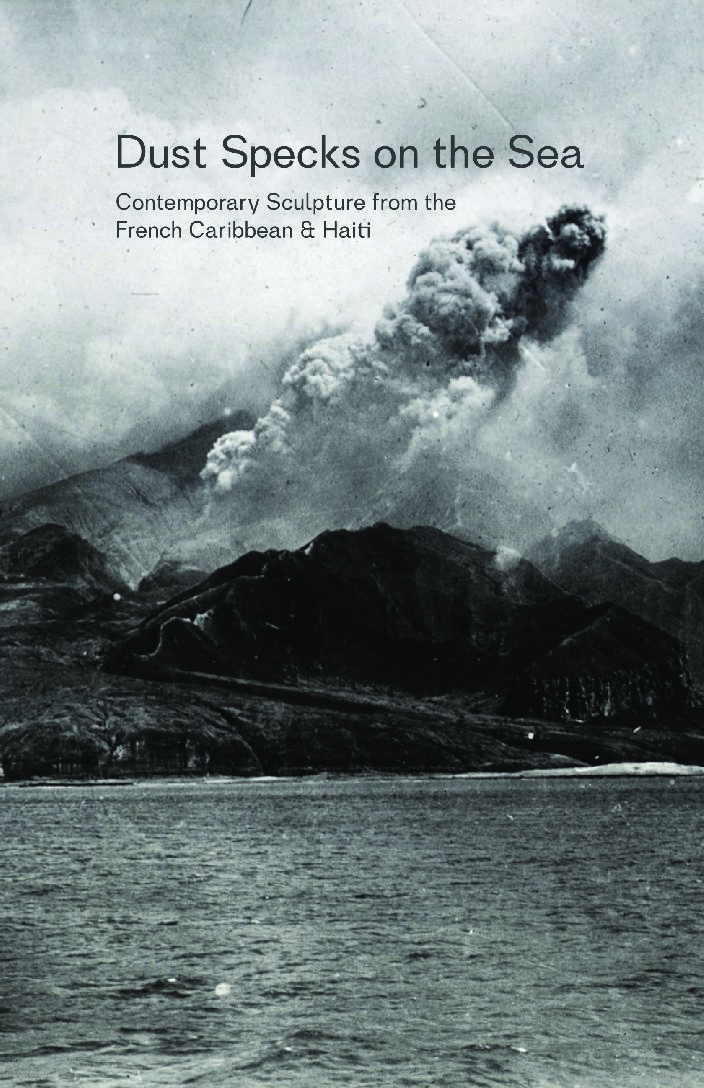San Francisco Art Institute (SFAI) presents “Dust Specks on the Sea: Contemporary Sculpture from the French Caribbean & Haiti” on view free to the public November 18, 2021 through February 19, 2022 at SFAI’s historic Chestnut Street campus.
An original exhibition developed by Hunter East Harlem Gallery, Dust Specks on the Sea focuses on sculptural works by over twenty-seven contemporary artists from Guadeloupe, Martinique, French Guiana, and Haiti and addresses the various positionings of the postcolonial condition in this region.
The exhibition’s title—Dust Specks on the Sea—is derived from a quote by former French President Charles de Gaulle, describing his view of the French Caribbean islands from an airplane in 1964. De Gaulle’s description speaks to the almost otherworldly mystery of an aerial view of the Caribbean archipelago, while at the same time calling into question a deep-seated hierarchical perspective stemming from France’s history as a powerful colonizing force in the Caribbean. In 1902 the eruption of the volcano Mount Pelée on the island of Martinique, destroyed the town of Saint-Pierre, killing approximately 30,000 people in a matter of minutes.
The curator notes:
Poignant photographic images of the “worst volcanic disaster of the early 20th century” show the volcano’s dusty plume looming above the sparkling waters of the Caribbean; these visual documents allude to the complex and loaded sentiments of de Gaulle’s quote—the duality of perspective. The French Caribbean cannot be defined solely by its beauty nor by its historical trauma; through this exhibition, we aim to contribute to a contemporary, multi-layered understanding of this region.
In Dust Specks on the Sea, colonial history is undeniably present, but these artists are not bound to make artwork that didactically demonstrates the conditions of the region and its colonial trauma. Rather, they play all fields: expressing their personal relationships to heritage, navigating art-making in the globalized contemporary art world, and looking beyond their cultural background for inspiration and ideas.
Their works are placed in close proximity and in direct conversation with one another, evoking a network of ideas amongst a mosaic of individual artistic approaches. The result is a space that is not completely Caribbean, not completely European, and not completely independent; the exhibition and its artworks live somewhere in the grey area between all three.
The exhibition was generated by Hunter East Harlem Gallery at Hunter College in NYC, an institution dedicated to creating projects that build on the complicated circumstances of being a human in today’s world and bolstering the voices of creative people and thinkers.

